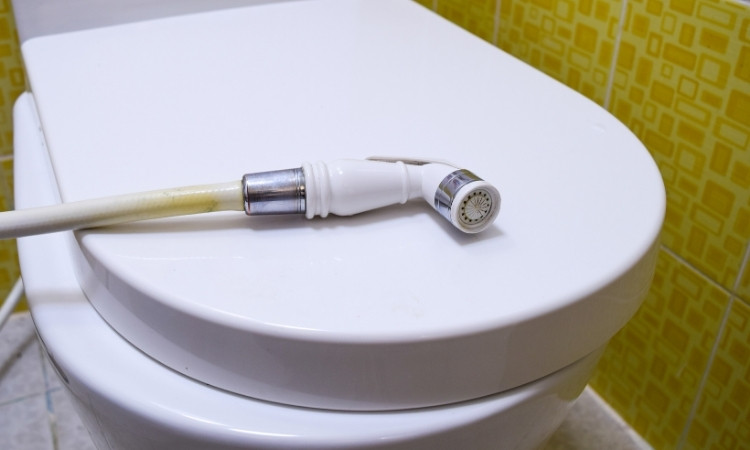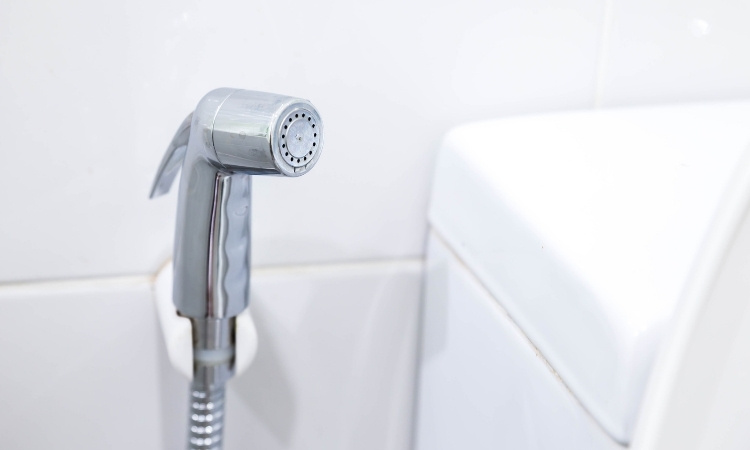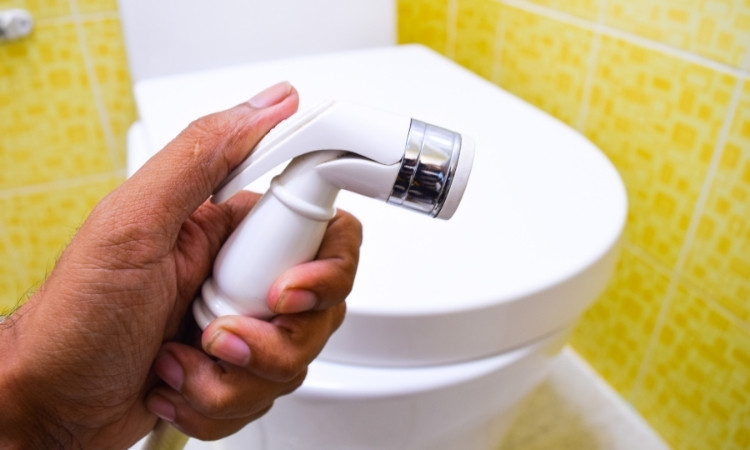Bidet spray has low water pressure, and if you’ve experienced it, you know just how frustrating it can be. A tool meant to improve hygiene and comfort ends up becoming ineffective or barely usable. In Singapore, where high-rise living is the norm and water-saving regulations are strictly followed, low water pressure in bidet sprays is a surprisingly common issue.
This guide breaks down the six most common causes with practical tips and local insights to help you get back the strong, steady spray your bidet was meant to deliver. Whether you’re a DIY enthusiast or someone just trying to avoid another soggy mess, this article is for you. Also, LS Plumber Singapore offers shower leak repair, kitchen sink, and wash basin faucet replacement services in Singapore.
Why Bidet Spray Has Low Water Pressure in Singapore: The Local Factor
In Singapore, water efficiency is a national priority. While PUB encourages water-saving fixtures, it’s important that homeowners are aware of how these regulations and older infrastructure can affect daily water flow, especially in personal hygiene tools like bidet sprays.
Singapore’s municipal water supply is generally reliable, but factors like pressure regulators, pipe layouts in high-rise buildings, and even seasonal water usage can all play a role. Many residents in older HDB units, or those who live on higher floors, report that their bidet spray has low water pressure in Singapore. Let’s explore the six most common culprits.
Reasons Bidet Spray Has Low Water Pressure
1. Low Incoming Water Pressure from the Municipal Supply
- What happens: In some HDB blocks, the water arrives at the unit at a lower PSI due to height and distance from the pump station.
- Singapore specifics: If you’re on the top floors of a 40-storey block in Tampines or Jurong, you may already feel a trickle at your kitchen tap. This lowered baseline directly affects your bidet spray.
- Solution: Install a booster pump or check with PUB’s water pressure guideline. Many Singapore plumbers can fit a compact inline booster that raises pressure by up to 20–30 PSI.

2. Partially Closed or Faulty Angle Valve
Low Water Pressure in Bidet Spray often traces back to the angle valve under your toilet cistern being only partially open. Over time, valve handles can stiffen, or debris can get caught in the valve seat.
If you’re frustrated because your bidet spray has low water pressure, you’re not alone.
How to fix:
- Turn off the main water supply.
- Fully open the angle valve under the cistern.
- Turn the water back on and test.
- Replace the valve if it still feels stiff or doesn’t fully open.
3. Clogged Nozzle and Mineral Buildup
In Singapore’s tropical climate, high humidity and dissolved minerals (especially calcium and magnesium) accelerate scale formation.
- Why it matters: Tiny mineral deposits clog the spray holes, reducing the flow rate dramatically.
- DIY tip: After 30 minutes of soaking the nozzle in a 1:1 mixture of white vinegar and warm water, gently scrape it with an old toothbrush.
- Professional care: For stubborn scale, a plumber can use an ultrasonic cleaner or install a filter upstream.
4. Narrow or Low-Quality Hose
Many budget bidet sprays come with a thin, flexible hose that can kink easily or collapse under pressure.
- My experience: When I first moved into my Bukit Timah flat, the supplied polyethylene hose squeezed flat near the valve connection.
- Solution: Upgrade to a reinforced stainless-steel braided hose (¼″ or 3/8″ diameter) designed for plumbing. This simple swap can noticeably boost flow.

5. Incorrect Installation Angle or Position
If the sprayer head is mounted too low or angled improperly, water may back-pressure against itself, reducing delivery.
- Troubleshooting: Detach the hose and run the sprayer free-hand. If pressure improves, remount the holder higher or reposition the bracket.
- Pro tip: Position the holder 10–15 cm above the cistern to allow a straight, kink-free path.
6. Hidden Leaks or Pipe Diameter Restrictions
Small leaks in the supply line or joining pipes with a smaller internal diameter will starve your bidet spray.
- Signs to watch: Damp patches around the toilet floor or hissing sounds when the sprayer is off.
- Action plan: Inspect under the floor trap and behind the cistern for moisture. Upgrade any undersized copper or PVC pipes to the standard 15 mm diameter for optimal flow.
In my experience, if your Bidet Spray Has Low Water Pressure in Singapore, addressing the root cause starts with inspecting your home’s pressure regulator and angle valve—these two simple checks solve over 50% of weak spray complaints.
Conclusion
Dealing with a weak spray might seem like a small inconvenience, but when your bidet spray has low water pressure, it can disrupt one of the most basic daily routines. The good news? Most of the causes are straightforward and fixable, once you know where to look.
From personal experience across Singapore, the most common culprits often boil down to installation issues, mineral buildup, or outdated fittings. And because water pressure can vary significantly between HDB blocks and condos, it’s important to troubleshoot with your building’s infrastructure in mind.
If you’ve worked through these six areas and your bidet spray still has low water pressure, don’t hesitate to bring in a licensed professional. A skilled plumber can quickly identify hidden issues and help restore your bidet to full function, so you can get back to enjoying comfort and cleanliness, hassle-free.
